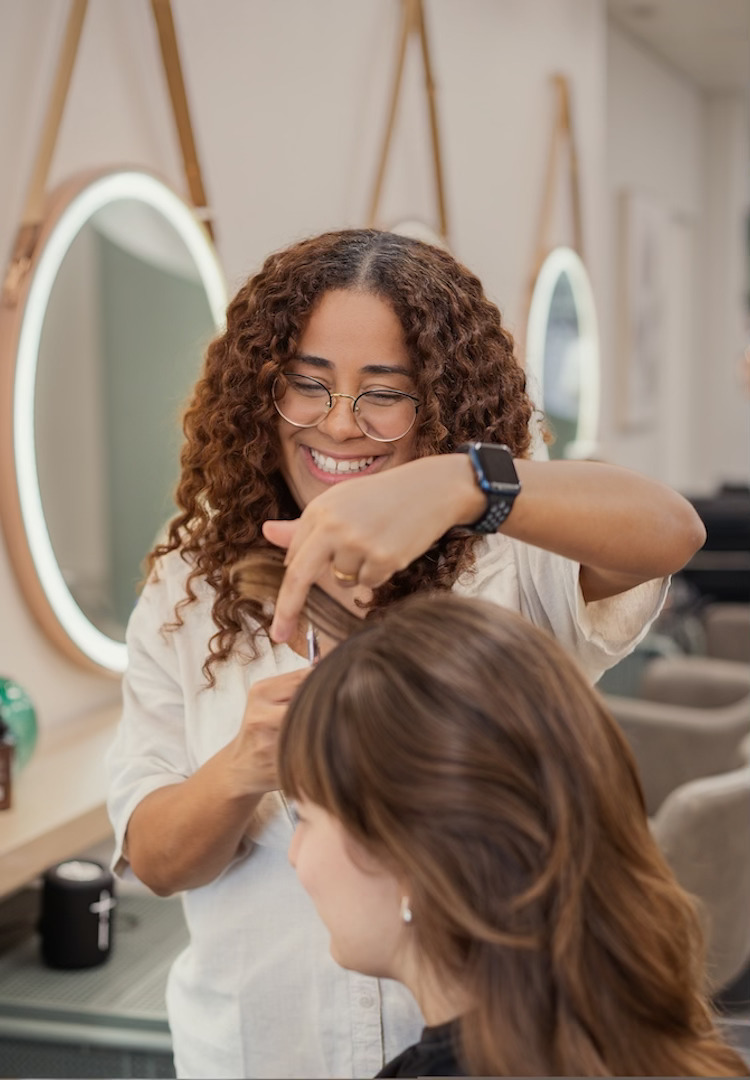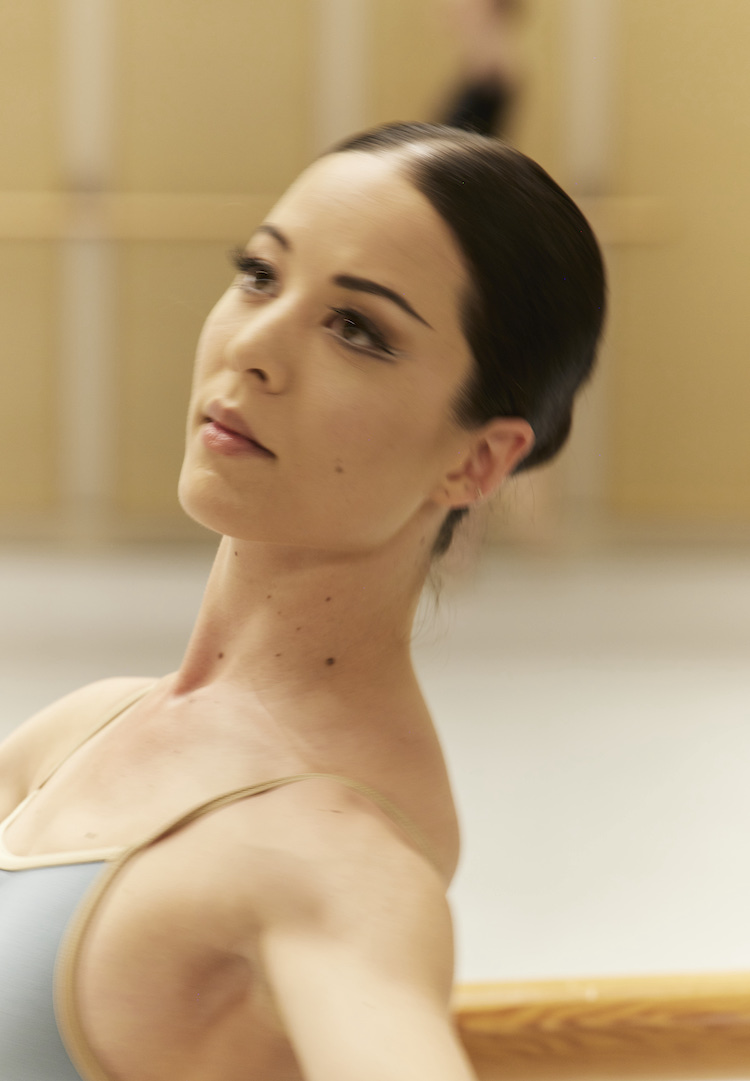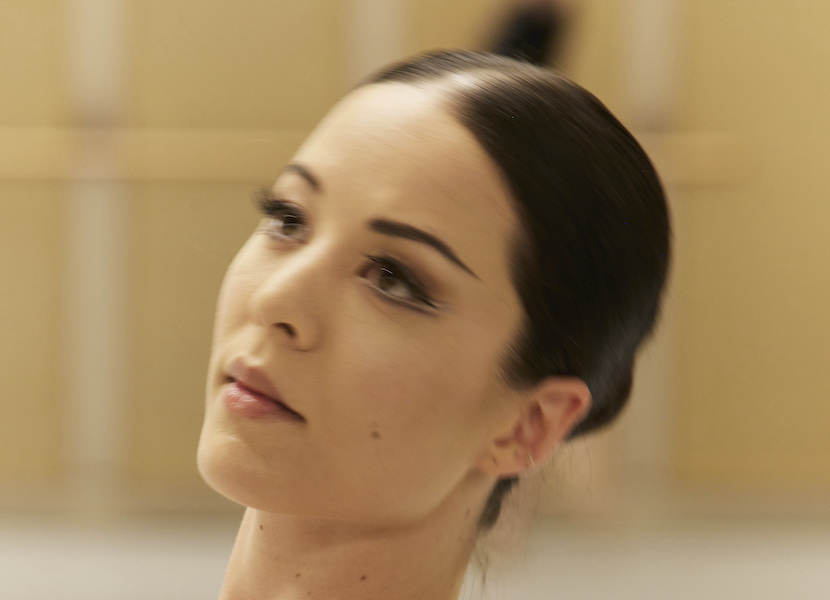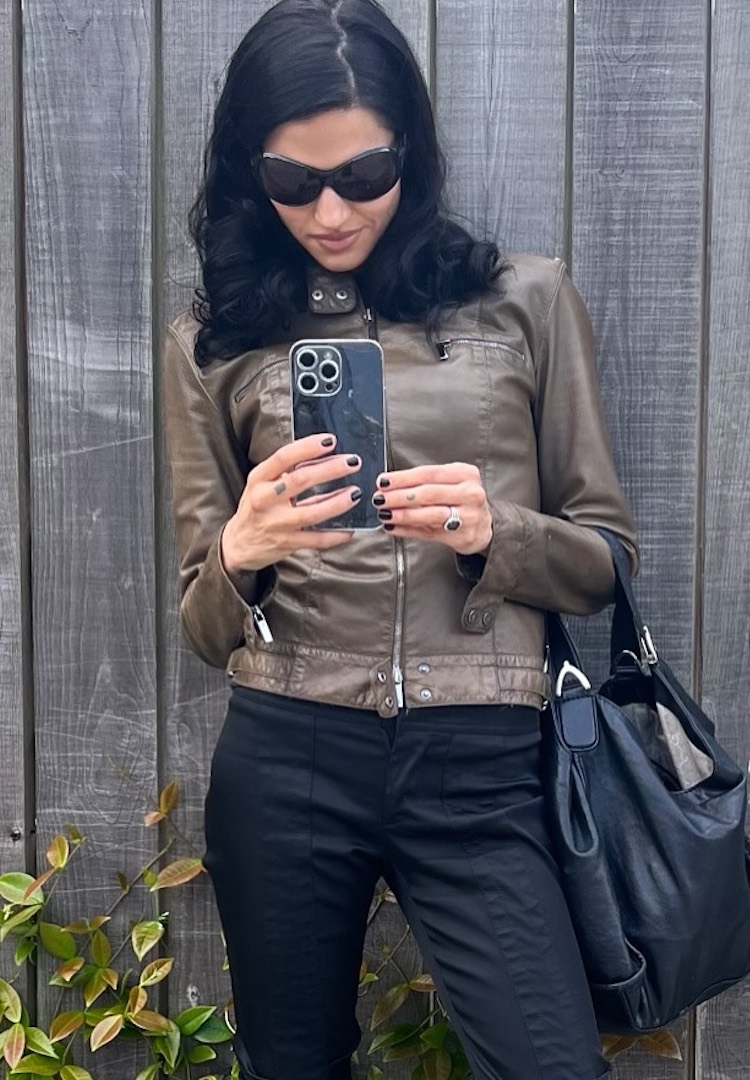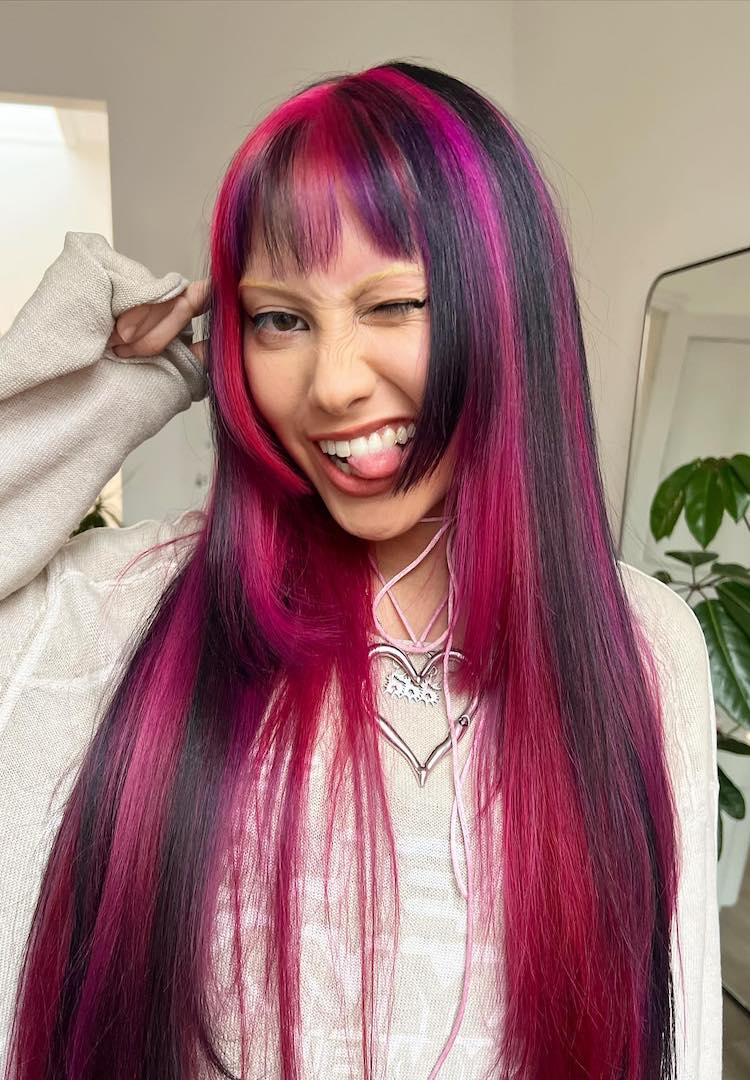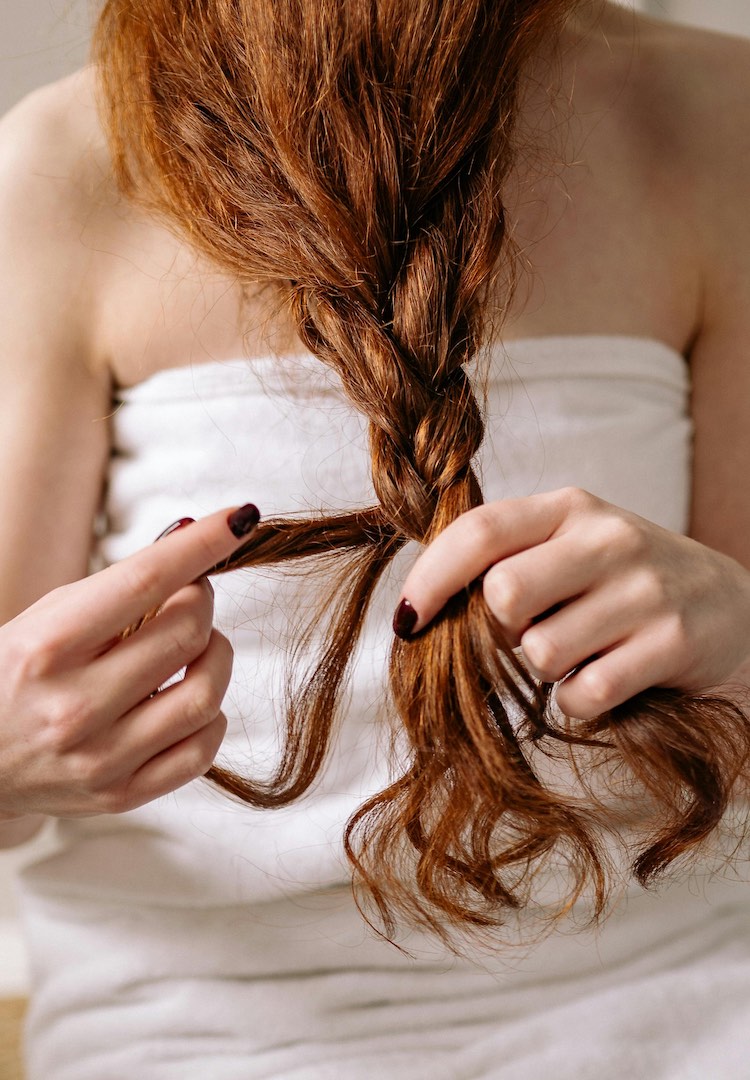Your slicked bun could be causing tension hair loss, here’s how to prevent it
Photography by Pierre Toussaint
Words by Lara Daly
How to avoid tension hair loss, according to a ballerina and a trichologist.
The slicked-back bun has quickly become the ‘it’ hairstyle favoured by clean girls and dirty girls alike. There’s no denying its appeal – no other style can make you look polished and instantly snatched and disguise greasy roots quite like it. And while Sofia Richie has no doubt been the catalyst behind the recent craze, the real authority on slick buns will always be the ballerinas.
Jill Ogai, Principal Artist at The Australian Ballet, has been wearing her hair this way for decades. She always pulls her hair back into a bun or a french roll for rehearsals, and for performances, it’s often a tight bun with lots of hairspray. But over the years, this repetitive styling can come with the risk of hair loss, something Jill has experienced in the past.
Want to be in the loop with the latest beauty secrets? Head to our Beauty section for more.
“When I was growing up, I pulled my hair back into a slick, tight bun every day and lost some hair at the front centre of my hairline. I think dancers do this because we fear our hair will come loose mid performance,” she says.
According Chelcey Salinger, Director of the International Association of Trichologists, this doesn’t just happen to professional dancers. “Tension hair loss, medically called traction alopecia, is a type of scarring hair loss caused by the hair being braided or held in tight ponytails – or placed under tension by hair extensions – for longer periods of time.”
As someone who spends a lot of time trying to grow my hair longer, the thought of losing precious strands to my everyday snatched bun is alarming. So what can you do? Chelcey says the best way to prevent tension hair loss is to loosen the style as much as possible and use product, rather than tension, to help keep the style sleek.
Jill agrees, saying, “I’ve learnt now that you don’t need to pull so hard to get a very slick and secure look. Hydrated hair, good product (I’m quite a fan of old school hair gel) and a fine-tooth comb can give you a flawless, sleek look without so much tension on the hair.”
View this post on Instagram
“Wear [your] hair down as soon as you are able to and at all other times – the hair likes to be loose and free,” Chelcey adds.
Practicing proper hair and scalp care is also key, particularly in the colder months. “Maintain your hair washing frequency, even in winter. Although you may not be sweating as much as you would in summer, you’re still producing sebum onto the scalp and the build up of this can lead to scalp problems if not regularly removed with hair washing,” says Chelcey.
For Jill, her routine involves regular deep-cleansing with extra TLC during busy performance seasons. “I tend to wash my hair two to three times per week, more if I’m performing. I have to use a clarifying shampoo after every show to get all the product out of my hair, which can be quite dehydrating [so] I use a deep conditioner and hair masks to rehydrate my hair.”
She also prefers to let her hair air dry and massages in some hair oil before she goes to sleep – “this doubles as nourishment for my hair and is also very relaxing for me.”
For more on preventing hair loss, try this.

